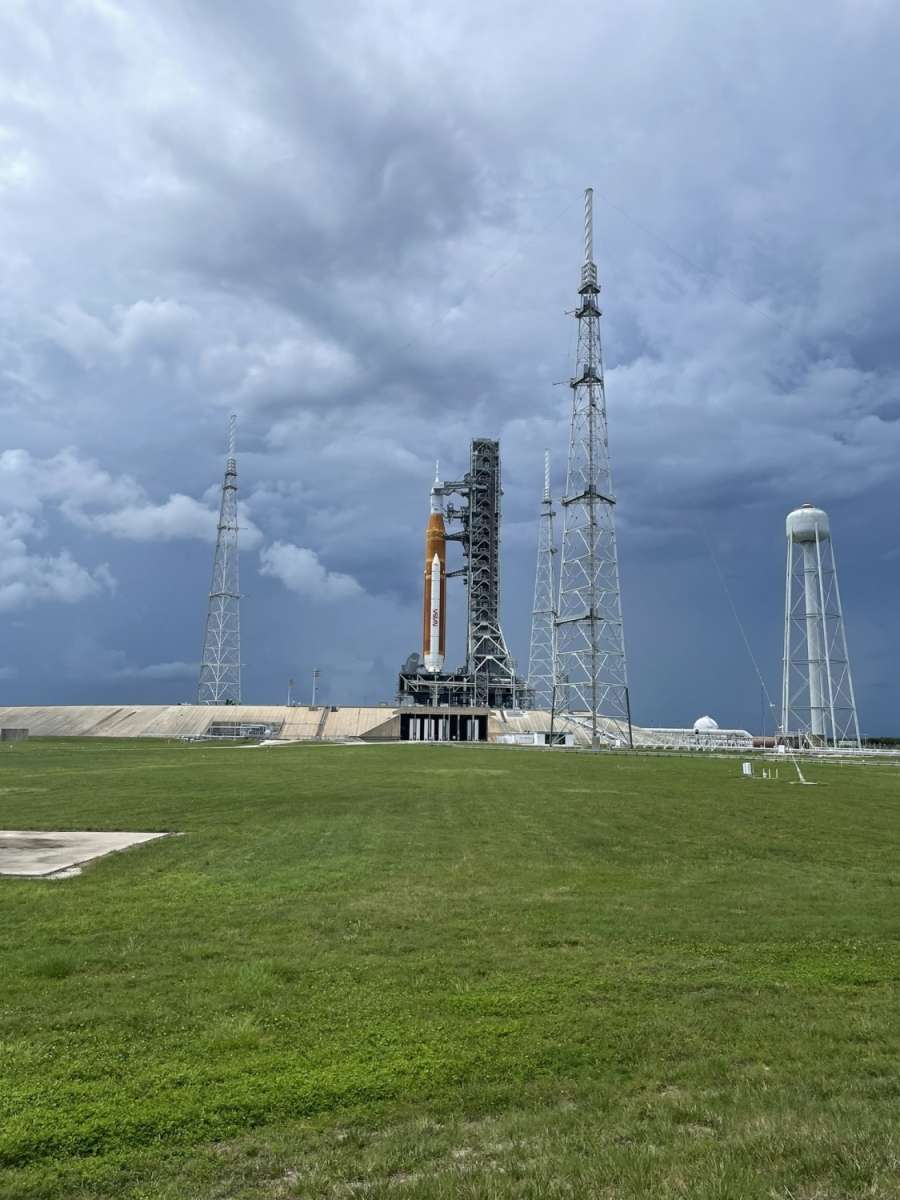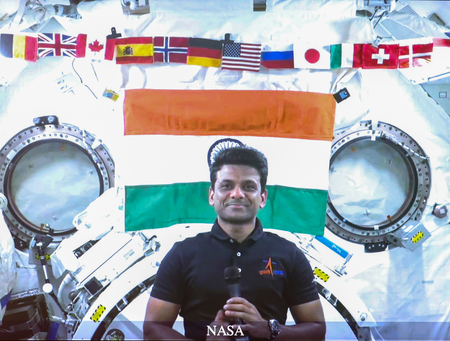The space agency said that ensuring crew safety is the primary driver for the Artemis II schedule changes…reports Asian Lite News
The US space agency has pushed back its manned Artemis mission to the Moon to 2025 that will send the first woman and first person of colour on the lunar surface.
NASA will now target September 2025 for Artemis II, the first crewed Artemis mission around the Moon, and September 2026 for Artemis III, which is planned to land the first astronauts near the lunar South Pole.
Artemis IV, the first mission to the Gateway lunar space station, remains on track for 2028.
The first mission, Artemis II, was supposed to take place later this year.
NASA Administrator Bill Nelson said in a statement that they have learned a lot since Artemis I, and the success of these early missions relies on “our commercial and international partnerships to further our reach and understanding of humanity’s place in our solar system”.
“Artemis represents what we can accomplish as a nation – and as a global coalition. When we set our sights on what is hard, together, we can achieve what is great,” he added.
The space agency said that ensuring crew safety is the primary driver for the Artemis II schedule changes.
“As the first Artemis flight test with crew aboard the Orion spacecraft, the mission will test critical environmental control and life support systems required to support astronauts,” said NASA.
NASA’s investigation into unexpected loss of char layer pieces from the spacecraft’s heat shield during Artemis I is expected to conclude this spring.

The new timeline for Artemis III, said NASA, aligns with the updated schedule for Artemis II, which ensures the agency can incorporate lessons learned from Artemis II into the next mission, and acknowledges development challenges experienced by NASA’s industry partners.
“We are letting the hardware talk to us so that crew safety drives our decision-making. We will use the Artemis II flight test, and each flight that follows, to reduce risk for future Moon missions,” said Catherine Koerner, associate administrator, Exploration Systems Development Mission Directorate at NASA Headquarters in Washington.
NASA said that it has asked both Artemis human landing system providers — SpaceX and Blue Origin — to begin applying knowledge gained in developing their systems as part of their existing contracts toward future variations to potentially deliver large cargo on later missions.
“Artemis is a long-term exploration campaign to conduct science at the Moon with astronauts and prepare for future human missions to Mars. That means we must get it right as we develop and fly our foundational systems so that we can safely carry out these missions,” said Amit Kshatriya, manager of NASA’s Moon to Mars Program Office.
ALSO READ-‘US to Include Int’l Astronaut on NASA’s Artemis Moon Mission by 2030’














